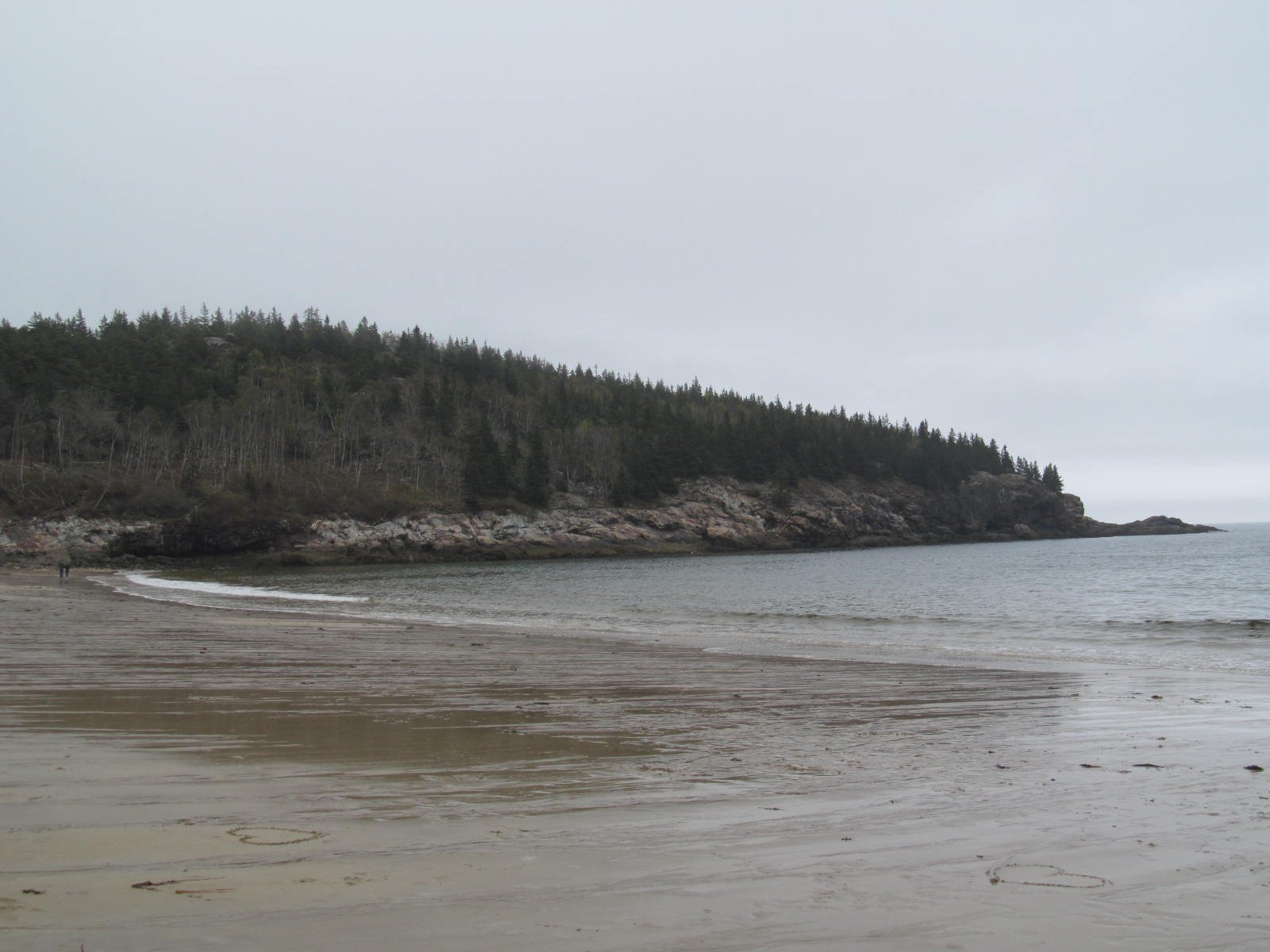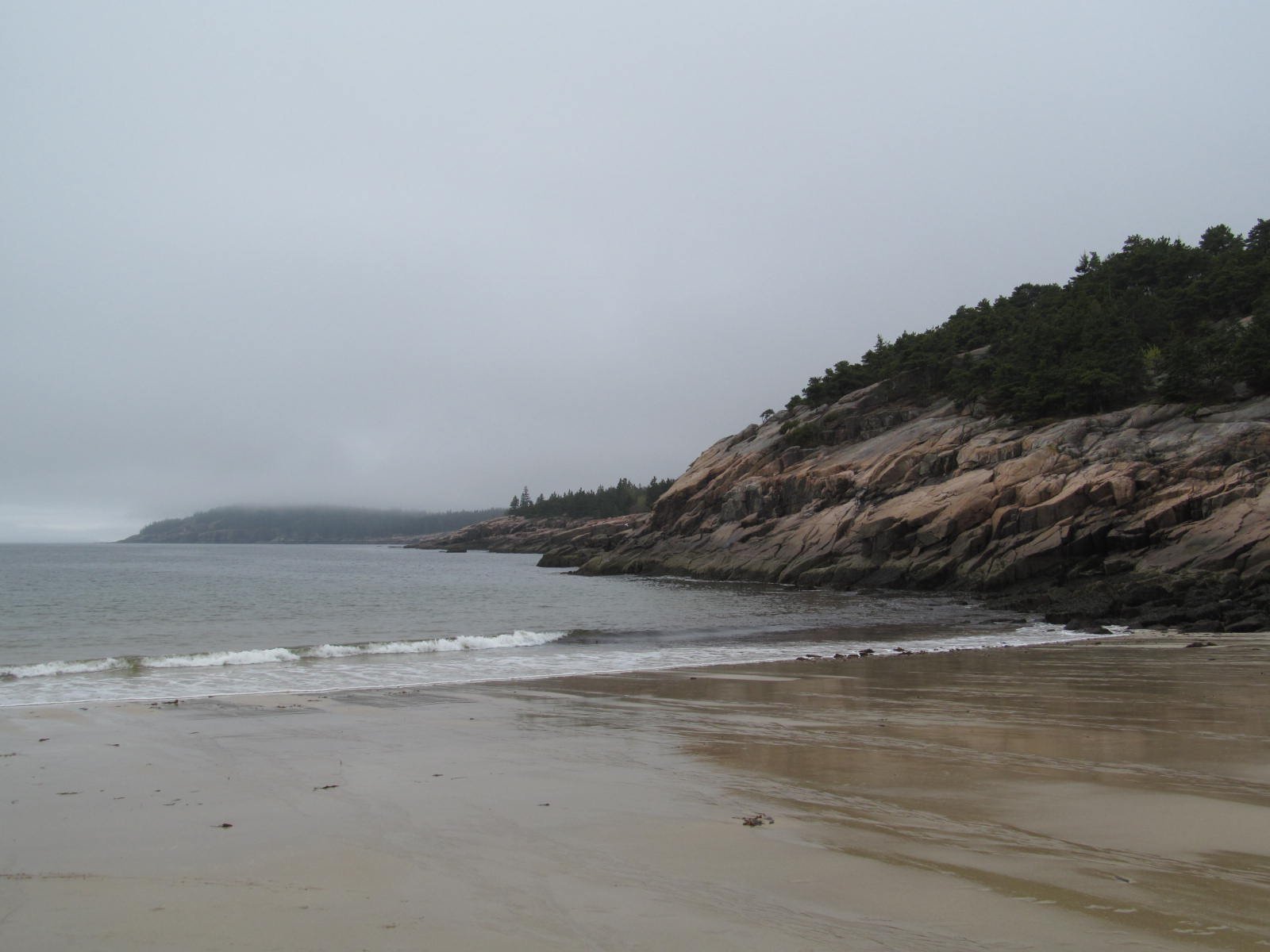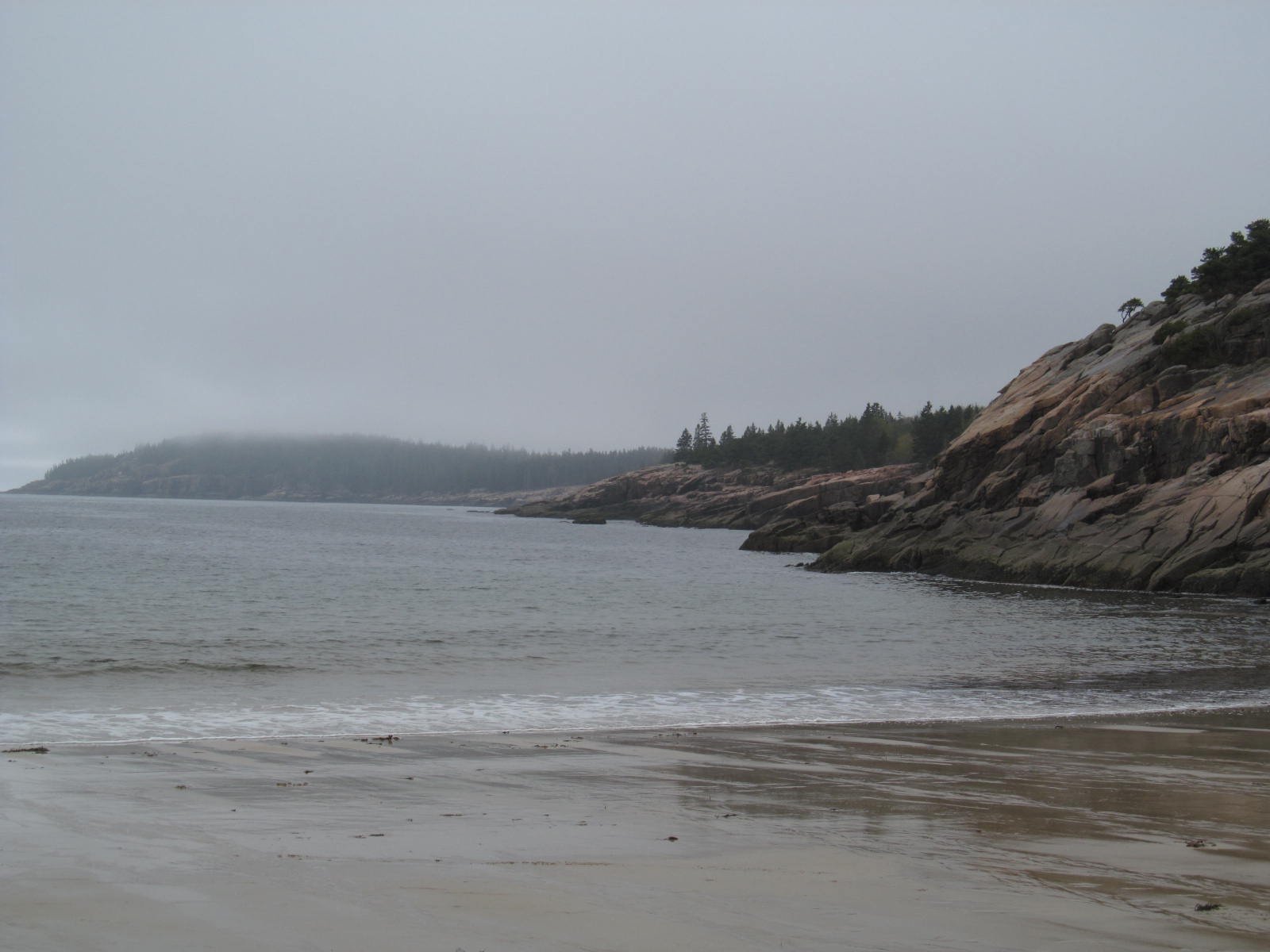Tidal pooling at Sand Beach in Acadia National Park offers a unique opportunity to explore diverse marine ecosystems. These shallow pools, formed during low tide, harbor a variety of fascinating creatures adapted to the ever-changing intertidal environment. From colorful sea stars to resilient barnacles, the tidal pools at Sand Beach provide a window into the rich biodiversity of Maine’s coastal waters. Visitors can observe and learn about these intricate ecosystems while enjoying the stunning scenery of Acadia National Park.
What Marine Species Can You Find in Sand Beach Tidal Pools?

The tidal pools at Sand Beach are home to a diverse array of marine life. Here’s a list of common species you might encounter:
- Barnacles
- Periwinkle snails
- Crabs (various species)
- Sea stars (starfish)
- Sea urchins
- Mussels
- Limpets
- Chitons
- Sea anemones
These species are adapted to survive in the challenging intertidal zone, where conditions change rapidly with the tides. Each creature has unique adaptations that allow it to thrive in this dynamic environment.
When Is the Best Time to Explore Tidal Pools at Sand Beach?

The optimal time for tidal pooling at Sand Beach depends on the tide schedule. Here are some key points to consider:
- Check tide charts: Use NOAA’s tide charts or other reliable sources to plan your visit.
- Low tide is best: Aim to visit 1-2 hours before and after low tide for the best exploration opportunities.
- Summer months: Generally offer warmer waters and more favorable conditions for observing marine life.
| Tide Stage | Exploration Suitability |
|---|---|
| Low Tide | Excellent |
| Mid Tide | Good |
| High Tide | Poor |
Remember that tide times change daily, so always check current schedules before planning your tidal pooling adventure.
How Are Tidal Zones at Sand Beach Structured?
The intertidal area at Sand Beach can be divided into distinct zones, each hosting specific types of marine life:
- High Intertidal Zone:
- Exposed to air for long periods
-
Home to hardy species like barnacles, limpets, and periwinkles
-
Mid Intertidal Zone:
- Experiences moderate air exposure
-
Hosts mussels, chitons, and various snail species
-
Low Intertidal Zone:
- Briefly exposed during low tide
- Inhabited by more sensitive species like sea anemones, sea stars, and sea urchins
Each zone presents unique challenges and opportunities for marine life, resulting in specialized adaptations among its inhabitants.
What Facilities Are Available for Tidal Pool Explorers?
Visitors exploring the tidal pools at Sand Beach can take advantage of several amenities:
- Parking: Available near access points to tidal pooling areas
- Accessibility: Many paths provide easy access to low tide beaches
- Guided Tours: Park Rangers offer informative tours for tidal pooling enthusiasts
It’s important to note that while facilities are available, visitors should come prepared with appropriate footwear for slippery surfaces and be mindful of tide changes.
How Can You Responsibly Explore Tidal Pools?
Responsible exploration of tidal pools is crucial for preserving these delicate ecosystems. Here are some guidelines to follow:
- Observe, don’t disturb: Look but don’t touch or remove marine life.
- Watch your step: Be careful not to crush delicate organisms.
- Leave no trace: Take only photographs, leave only footprints.
- Time it right: Respect tide schedules and don’t risk getting stranded.
- Learn and educate: Participate in ranger-led programs to deepen your understanding.
By following these principles, you can enjoy the wonders of tidal pools while helping to protect them for future generations.
What Equipment Should You Bring for Tidal Pooling?
To make the most of your tidal pooling experience at Sand Beach, consider bringing the following items:
- Water-resistant shoes with good grip
- Sun protection (hat, sunscreen, sunglasses)
- Waterproof camera or smartphone case
- Tide chart or tide app
- Binoculars for distant observations
- Field guide to local marine life
- Water and snacks
- Small first aid kit
Having the right equipment will enhance your safety and enjoyment while exploring the tidal pools.
How Does Tidal Pooling Contribute to Marine Education?
Tidal pooling at Sand Beach offers invaluable educational opportunities:
- Hands-on learning: Direct observation of marine ecosystems
- Biodiversity awareness: Exposure to a wide range of species
- Environmental consciousness: Understanding human impact on coastal habitats
- Scientific curiosity: Encouraging interest in marine biology and ecology
- Conservation mindset: Fostering a sense of stewardship for marine environments
These educational aspects make tidal pooling an excellent activity for families, students, and nature enthusiasts alike.
What Are the Seasonal Variations in Tidal Pool Life at Sand Beach?
The marine life in Sand Beach tidal pools varies throughout the year:
| Season | Characteristics |
|---|---|
| Spring | Increasing activity, new growth |
| Summer | Peak diversity, abundant life |
| Fall | Preparing for winter, some species migrating |
| Winter | Reduced activity, hardier species dominant |
Summer generally offers the most diverse and active tidal pool experiences, but each season has its unique charm and discoveries.
How Does Climate Change Affect Tidal Pools at Sand Beach?
Climate change poses several challenges to the tidal pool ecosystems at Sand Beach:
- Rising sea levels: Altering the intertidal zone structure
- Ocean acidification: Impacting shell-forming organisms
- Changing water temperatures: Affecting species distribution
- Increased storm frequency: Disrupting habitats
- Shifts in species ranges: Introducing new species and pressuring existing ones
Understanding these impacts highlights the importance of conservation efforts and responsible exploration of these sensitive ecosystems.
Tidal pooling at Sand Beach in Acadia National Park offers a fascinating glimpse into the intricate world of marine life. By following responsible practices and taking advantage of the park’s resources, visitors can enjoy a memorable and educational experience while helping to preserve these unique ecosystems for future generations.
References:
1. Explore the ocean’s rocky coast by Tidepooling – Five Happy Campers
2. Fun and Easy Tidepool Hikes In Acadia National Park – Virtual Kamper
3. Tidepooling – Acadia National Park (U.S. National Park Service)

